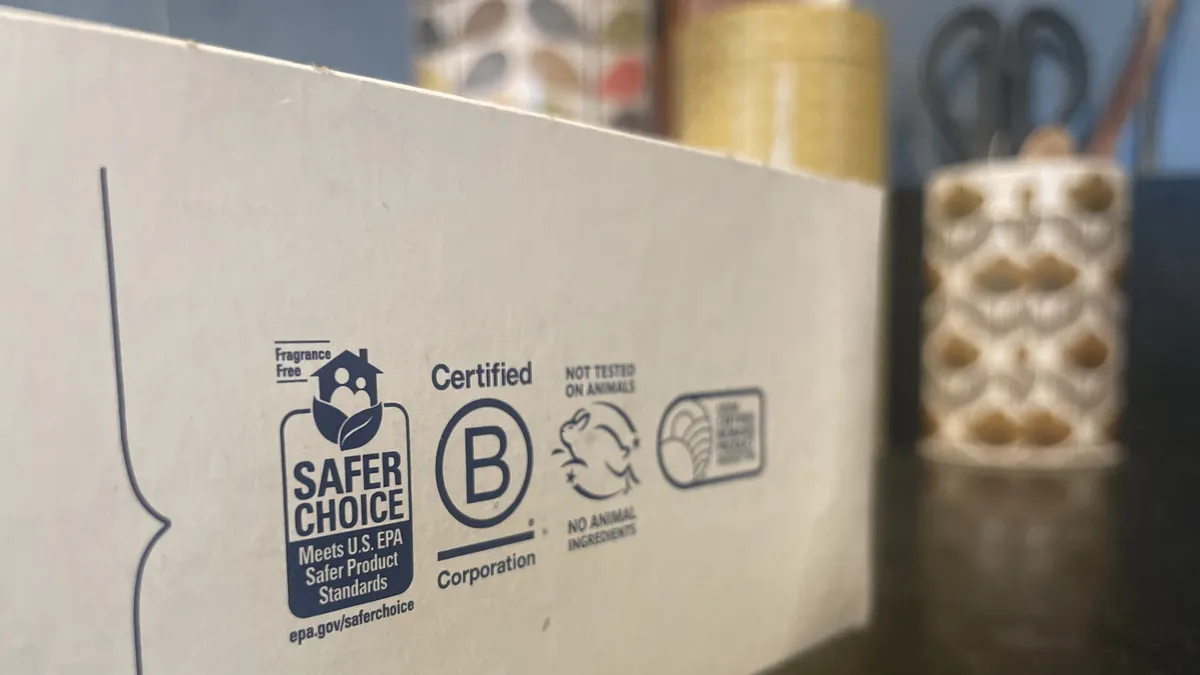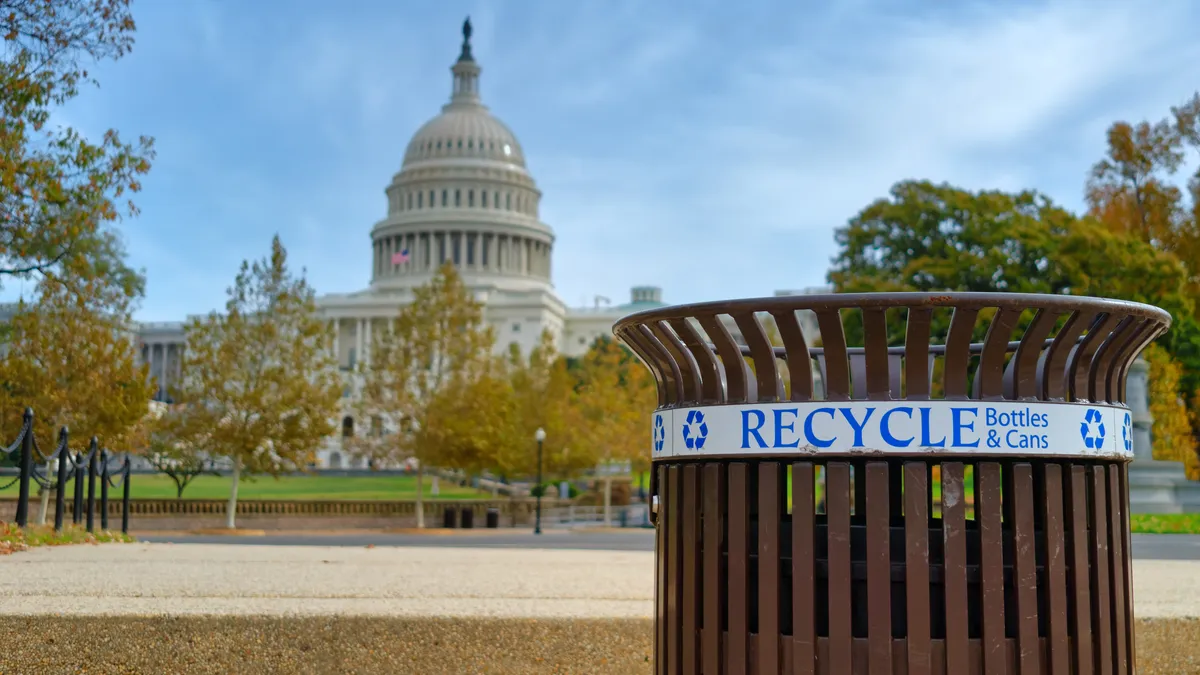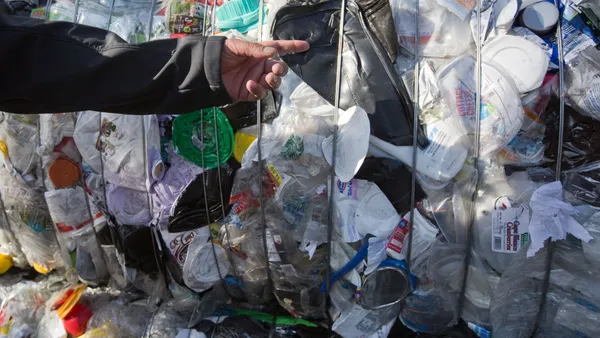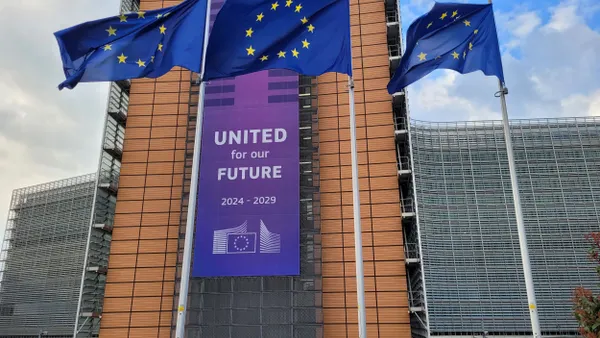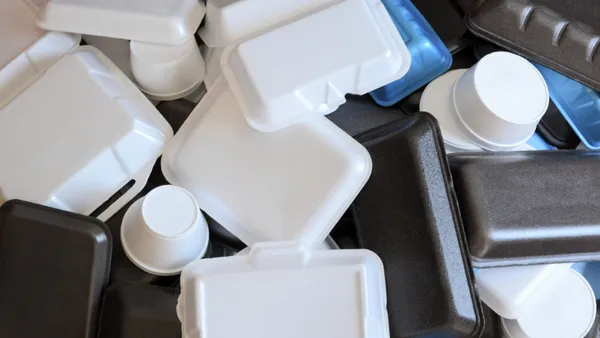The U.S. EPA finalized updates Thursday to its voluntary Safer Choice and Design for the Environment label, with new requirements around how product packaging is formulated. The program evaluates cleaning, laundry and similar product categories against health and environmental safety criteria.
It was the first time that the standard has been updated since 2015, including to reflect packaging sustainability, said EPA’s Jennie Romer, deputy assistant administrator for pollution prevention in the Office of Chemical Safety and Pollution Prevention, in a statement. Updates include requiring packaging to be recyclable or reusable and contain recycled content. Packaging also needs to be formulated without chemicals of concern like PFAS.
Draft updates in November 2023 were followed by a comment period that drew feedback from industry groups such as Ameripen, the American Chemistry Council, the Can Manufacturers Institute and Consumer Brands Association. Companies including Clorox and Procter & Gamble also commented on packaging aspects.
In the finalized version, new requirements call for packaging to be recyclable — and labels should not impact recyclability. Packaging must also contain a certain percentage of postconsumer recycled content by weight. Alternatively, packaging could also be designed for reuse. The packaging must provide clear instructions on how to recycle or reuse it.
The minimum required postconsumer recycled content thresholds are 15% for plastic packaging, 25% for glass packaging, 30% for metal packaging and 50% for fiber, cardboard or paper packaging. “Multimaterial packaging will be considered on a case-by-case basis,” the finalized standard says.
ACC had discouraged EPA from including packaging criteria as part of the chemical-focused Safer Choice standard, noting that other EPA programs focus on packaging. CMI had criticized the now-finalized 30% recycled content threshold for metal packaging, saying it was “an ineffective tactic” for environmental goals.
While the recycled content thresholds remained the same from EPA’s draft proposal, the language in the finalized version has been updated to say that recycled content would be verified by packaging suppliers, rather than through a certification program.
Regulators acknowledged there may be exemptions. “For example, EPA understands that certain parts of product packaging (e.g., pump spray-heads) may not be recyclable and that certain packaging may be compostable and therefore not recyclable or made of recycled content,” the agency wrote. EPA said exemptions could also be considered when performance reasons inhibit products from reaching recycled content thresholds.
Additionally, the final version took into account feedback and said exemptions could be requested in cases where companies achieve source reduction with packaging, including through the use of concentrates; in the draft version, EPA merely said it encouraged source reduction.
As for packaging materials, EPA finalized language saying per- and polyfluoroalkyl substances may not be intentionally added. Furthermore, coatings cannot contain heavy metals such as cadmium, lead, mercury and hexavalent chromium; this is in addition to other chemicals previously noted in the standard. EPA said this aligns with the Toxics and Packaging Clearinghouse’s model legislation.



